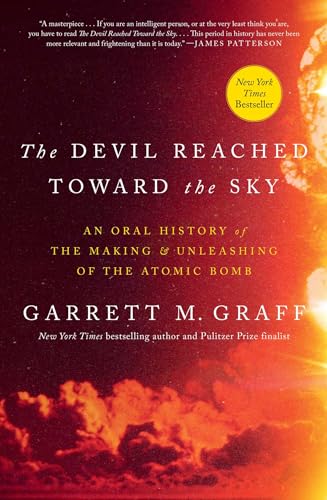
The Los Alamos Primer
by Robert Serber
"The First Lectures on how to Build an Atomic Bomb"
Popularity
4.6 / 5
* A book's popularity is determined by how it compares to all other books on this website.
Where to buy?
Buy from Amazon* If you buy this book through the link above, we may receive a small commission at no extra cost to you.
The Los Alamos Primer by Robert Serber
Details
War:
World War II
Perspective:
Researcher
True Story:
Yes
Biography:
No
Region:
North America
Page Count:
141
Published Date:
1992
ISBN13:
9780520075764
Description
Main Themes and Topics
"The Los Alamos Primer" by Robert Serber is a foundational document of immense historical, scientific, and technological significance. The book encapsulates the series of lectures Serber delivered in 1943 to incoming scientists at the Los Alamos Laboratory during the inception of the Manhattan Project. The themes primarily revolve around the principles of nuclear fission and the detailed scientific processes necessary for developing atomic weapons. The text serves not only as a technical guide but also as a historical artifact that offers insight into the mindset and methodologies that drove one of the most pivotal projects in modern history.
Writing Style and Tone
The writing style of "The Los Alamos Primer" is highly technical and objective, reflecting its original purpose as a set of scientific lectures. Serber's explanations are concise, precise, and targeted towards an audience of scientifically literate individuals. Despite its technical nature, the book is made accessible to the lay reader through annotations and an introduction provided by Richard Rhodes. This added context helps bridge the gap between complex scientific principles and general understanding, offering readers not just a historical overview but a thoughtful expounding of atomic theory.
Brief Summary
"The Los Alamos Primer" serves as a comprehensive introduction to the atomic theory and practical considerations behind the development of the atomic bomb. It delves into the specifics of nuclear interactions, fission chain reactions, and the engineering challenges faced by the Manhattan Project team. The book also provides a snapshot of the early stages of nuclear physics research that would eventually lead to the culmination of the first atomic bombs. Through Serber's lectures, readers gain a first-hand look at the scientific rigor and collaboration that characterized this critical moment in history.









